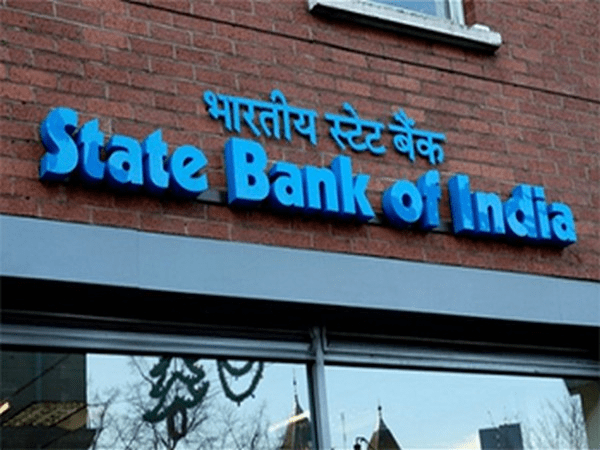New Delhi [India], July 10 (ANI): In June 2024, corporate bond issuance showed improvement, with expectations of further expansion as the 10-year Government Securities (G-Sec) yield remains projected to stay below 7 per cent, according to SBI report.
The capital market activity in June was marked by lower G-Sec supply and increased Foreign Portfolio Investor (FPI) inflows, supported by index inclusions, which helped prevent crowding-out effects. Bank credit continued its strong growth momentum, exceeding 15 per cent year-on-year as of mid-June 2024.
Looking ahead to FY25, a growth rate of 13-15 per cent year-on-year in bank credit is anticipated, driven by growth in both personal and services sectors, alongside emerging green-shoots in smaller industrial segments.
The surge in funding has been facilitated by recent reforms such as the reduction in face value of debt securities, easing norms around debt issuance and unlisted Infrastructure Investment Trusts (InVITs), and borrowing norms for Alternative Investment Funds (AIFs) by SEBI.
These measures, coupled with countercyclical norms introduced by the Reserve Bank of India (RBI), have bolstered confidence in the financial sector.
For the fiscal year 2025, the Union’s path of fiscal consolidation is expected to remain on track, supported by momentum in advanced tax collections and a reduced Treasury bill borrowing calendar in Q2FY25. A substantial RBI dividend is expected to offset increases in revenue expenditure, potentially setting the stage for a possible rating upgrade.
However, challenges remain, particularly concerning state deficits, which require close monitoring amidst increased borrowings and demands for special packages by several states.
Early indications from state budgets suggest a rise in social welfare spending, signaling a period of fiscal expansion ahead of upcoming elections.
Economic activity indicators for June 2024 have shown resilience, with high-frequency data such as Fastag revenues and railway freight demonstrating robust performance. Headline inflation remains subdued, aided by moderating core inflation. However, concerns over scanty rainfall impacting vegetable prices and recent hikes in telecom tariffs could slightly elevate upcoming inflation data.
Internationally, the US Federal Reserve’s cautious stance amidst stable inflation readings and cooling labor markets has kept market expectations alive for potential rate cuts. Meanwhile, fiscal concerns persist, with calls from US Fed Chair Jerome Powell urging Washington to address deficits promptly.
June 2024 witnessed a drop in India’s 10-year Government Securities (G-Sec) yields to 2.18 per cent, marking their lowest level since records began in 2002. This decline, driven by expectations of loose monetary policy, underscores a favorable environment for borrowing and investment in the Indian economy.
Attention now shifts towards India’s upcoming Union Budget, where expectations are high for maintaining fiscal prudence while stimulating economic activity.
Analysts anticipate a strategic focus on enhancing rural consumption through initiatives such as rural housing schemes and Production-Linked Incentive (PLI) programs targeted at employment-driven sectors like renewable energy and Micro, Small, and Medium Enterprises (MSMEs).
The financial markets witnessed a surge in funding momentum, propelled by robust activity across equity markets, corporate bond issuances, and bank credit growth.
The equity markets soared to new heights fueled by a wave of Initial Public Offerings (IPOs) and record growth in equity mutual fund flows.
In China, despite low inflation levels, stimulating domestic demand remains a challenge amid external pressures like tariffs on electric vehicles by Europe. The success of China’s economic strategy will continue to hinge on its ability to bolster domestic consumption. (ANI)












